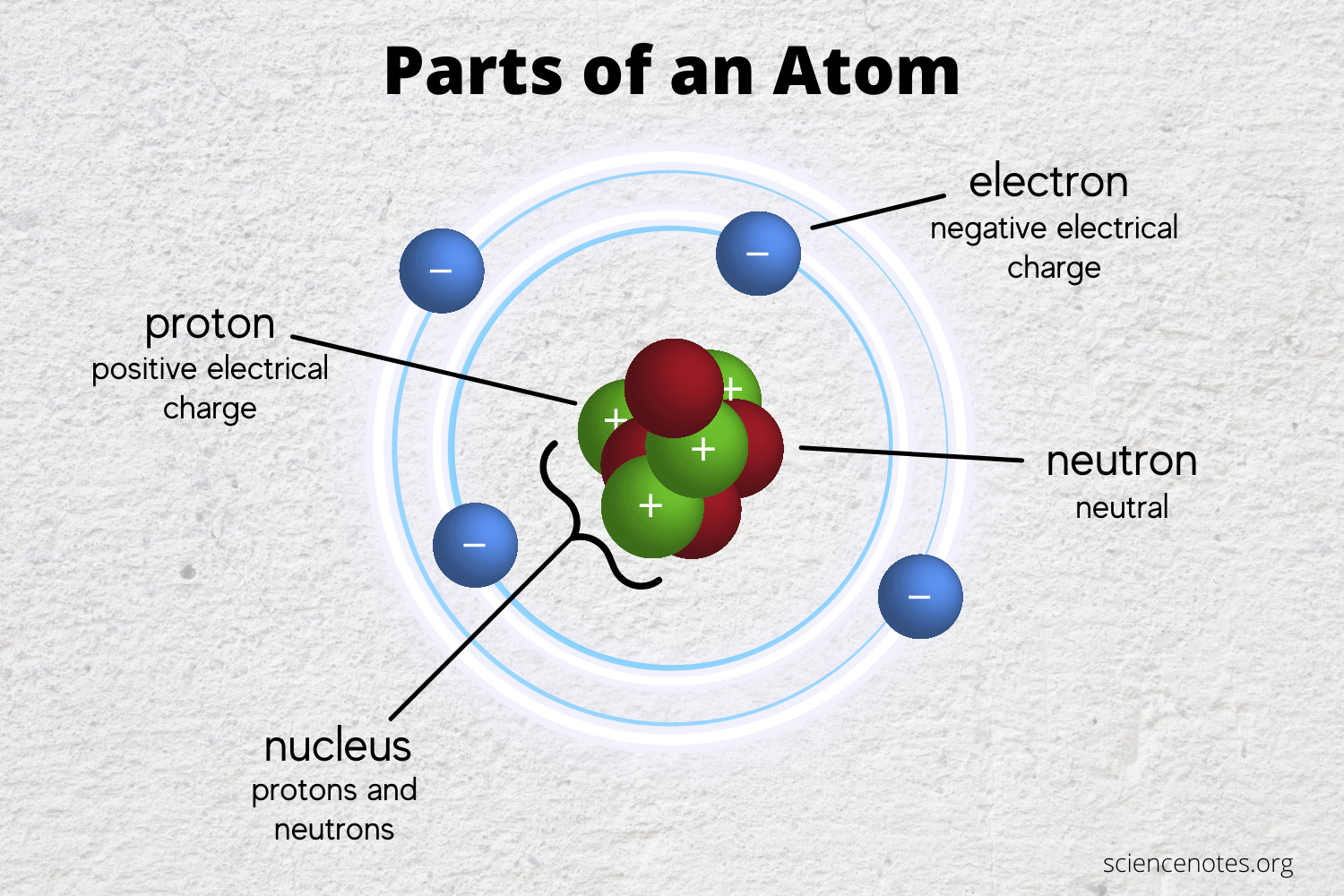Atoms Combine To Form
Atoms Combine To Form - To understand molecules, you have to understand what an atom is made up of. The elements carbon and hydrogen combine to form many different compounds. While atoms of an element do exist alone, they often combine with other atoms to form compounds, the smallest quantity of which is referred to as a molecule. Atoms that chemically react and bond to each other form molecules. The atoms share their valence electrons and bond together, forming a molecule. When two or more atoms chemically bond together, they form a molecule. Find out how atoms gain, lose, or share electrons to form compounds and molecules.
The elements carbon and hydrogen combine to form many different compounds. When two or more atoms chemically bond together, they form a molecule. A compound is a substance that contains two or more elements chemically combined in a fixed proportion. It is what enables about one hundred elements to form the more than fifty million known chemical.
While atoms of an element do exist alone, they often combine with other atoms to form compounds, the smallest quantity of which is referred to as a molecule. It is what enables about one hundred elements to form the more than fifty million known chemical. A compound is a substance that contains two or more elements chemically combined in a fixed proportion. Inside the atom, there's things called. When two or more atoms chemically bond together, they form a molecule. Molecules can form when atoms bond together by sharing electrons and can be represented by a useful shorthand called lewis structures.
The concept of chemical bonding lies at the very core of chemistry; In these reactions, atoms rearrange to form new substances. While atoms of an element do exist alone, they often combine with other atoms to form compounds, the smallest quantity of which is referred to as a molecule. Inside the atom, there's things called. The ratio of the numbers of atoms that can be bonded together to form molecules is fixed;
Molecules can form when atoms bond together by sharing electrons and can be represented by a useful shorthand called lewis structures. Molecules are simply two or more atoms chemically bonded together. To understand molecules, you have to understand what an atom is made up of. For example, every water molecule contains two atoms of hydrogen and one atom of.
While Atoms Of An Element Do Exist Alone, They Often Combine With Other Atoms To Form Compounds, The Smallest Quantity Of Which Is Referred To As A Molecule.
An atom of oxygen has two electrons on the first energy level and six on the second. The concept of chemical bonding lies at the very core of chemistry; To understand molecules, you have to understand what an atom is made up of. For example, when three oxygen atoms bond together, they.
The Fundamental Principle Of The Science Of Chemistry Is That The Atoms Of Different Elements Can Combine With One Another To Form Chemical Compounds.
Sometimes the atoms are all from the same element. For example, every water molecule contains two atoms of hydrogen and one atom of. In these reactions, atoms rearrange to form new substances. For example, hydrogen and oxygen atoms combine in a ratio of 2:1 to form the compound water,.
It Is What Enables About One Hundred Elements To Form The More Than Fifty Million Known Chemical.
When different types of atoms combine, the resulting molecule or lattice structure is a compound. Molecules are simply two or more atoms chemically bonded together. The atoms share their valence electrons and bond together, forming a molecule. The elements carbon and hydrogen combine to form many different compounds.
Learn About The Structure Of Atoms, The Octet Rule, And The Types Of Chemical Bonds.
In one way, atoms are put together to form things called molecules. Inside the atom, there's things called. These visual representations provide information to. When two or more atoms chemically bond together, they form a molecule.
Atoms combine to form different types of matter through chemical reactions. These visual representations provide information to. Atoms that chemically react and bond to each other form molecules. For example, hydrogen and oxygen atoms combine in a ratio of 2:1 to form the compound water,. Learn about the structure of atoms, the octet rule, and the types of chemical bonds.






